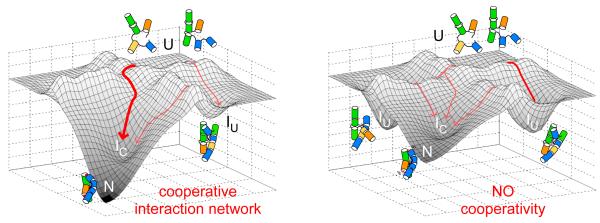Figure 7. Coupling core and peripheral tertiary interactions ensures a unique fold.
A cooperative network of tertiary interaction motifs in the WT ribozyme (left) favors proper helix assembly and lower the free energies of the native-like IC intermediate and the active native state (N), improving fitness. Mutations that perturb one or more tertiary interaction motifs (right) disrupt this cooperative network, increasing populations of extended, non-native intermediates (IU). Natural selection of the native state is expected to favor RNA architectures that link peripheral and core tertiary interactions.

